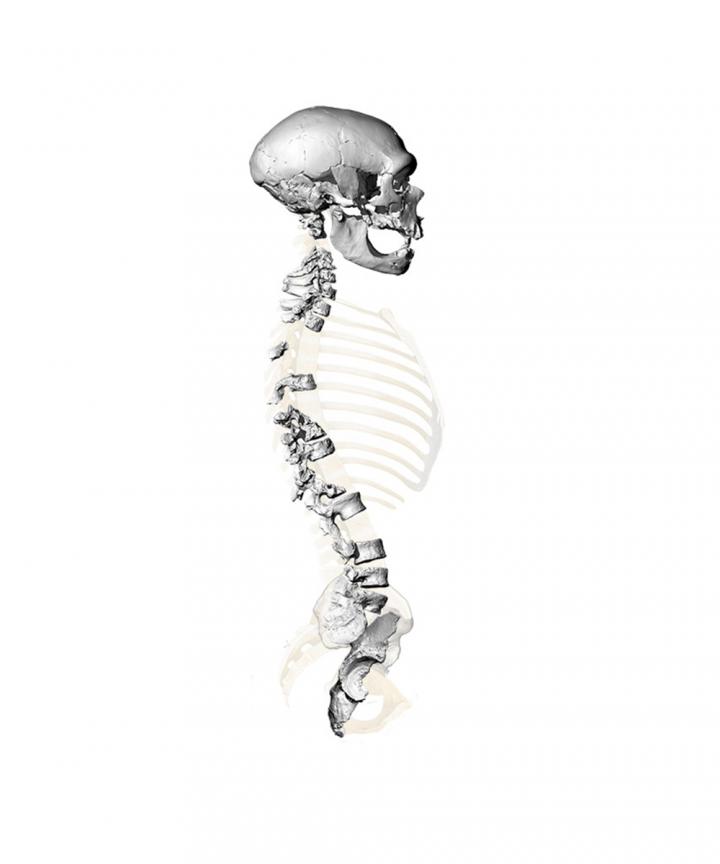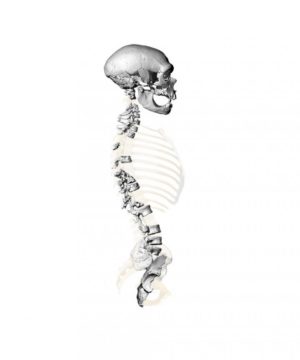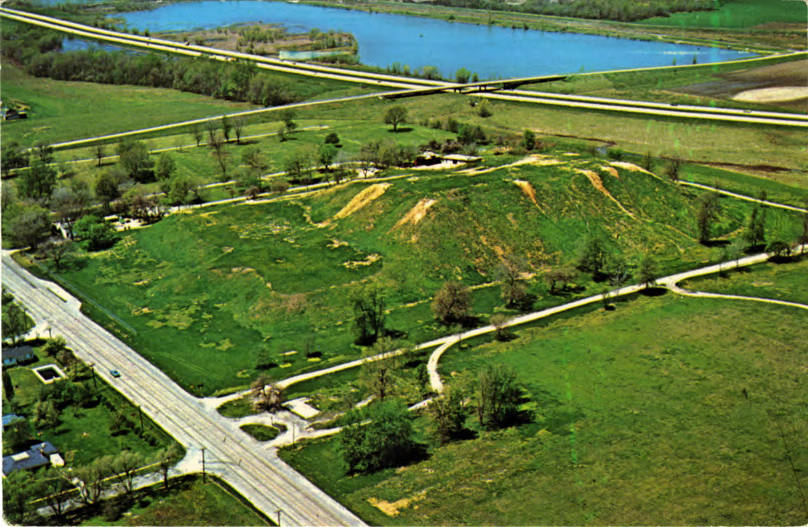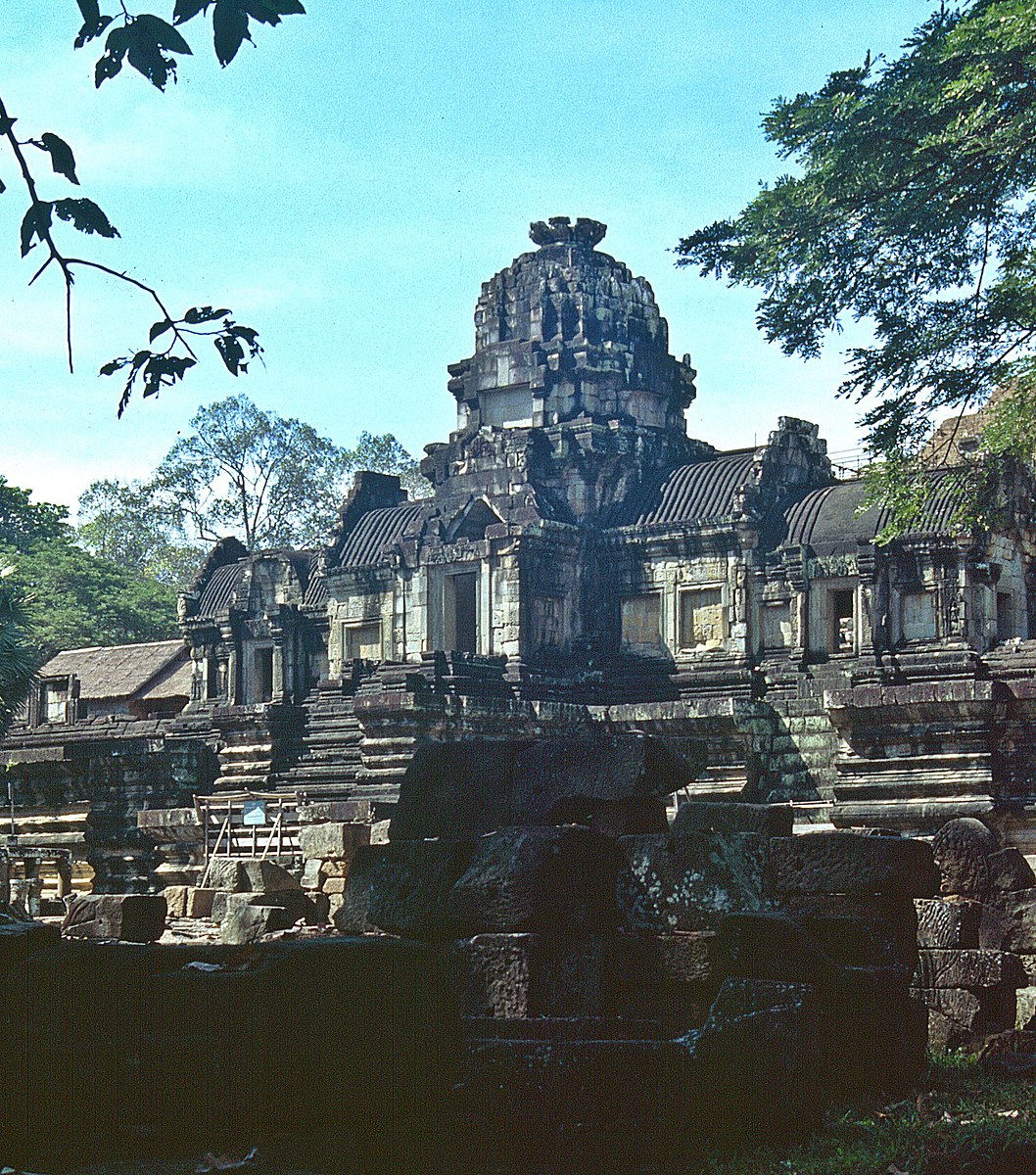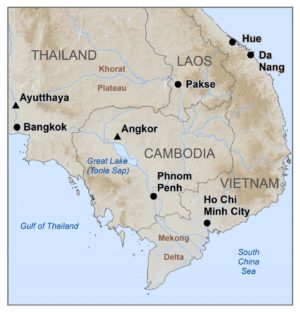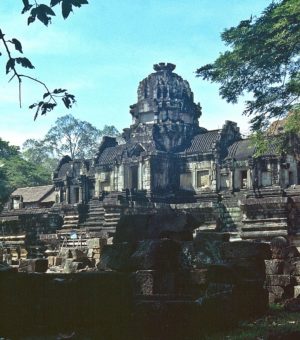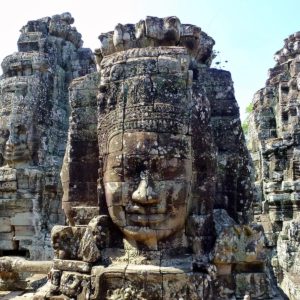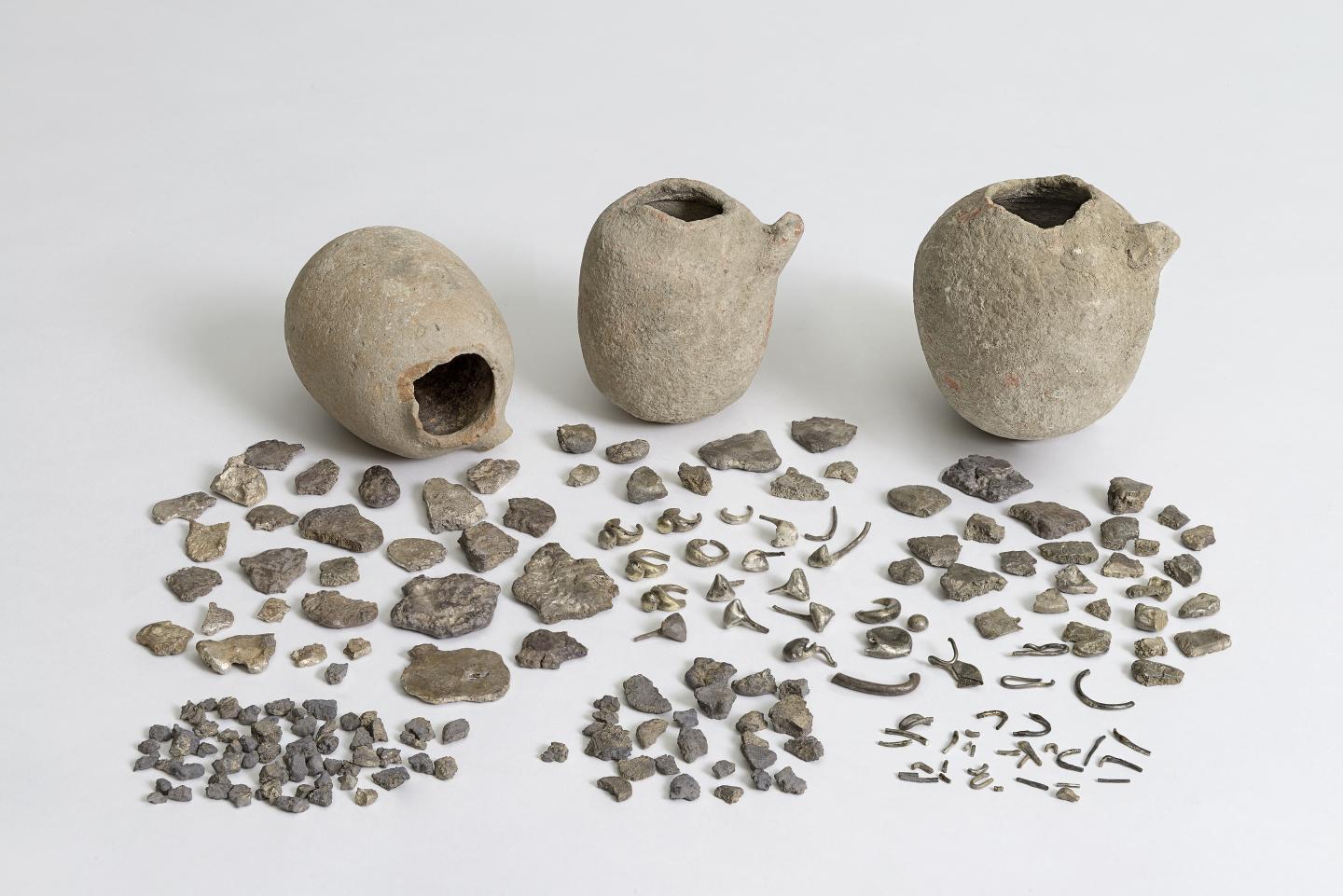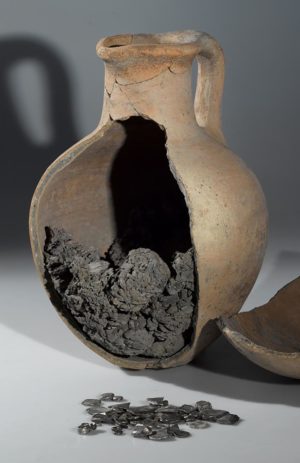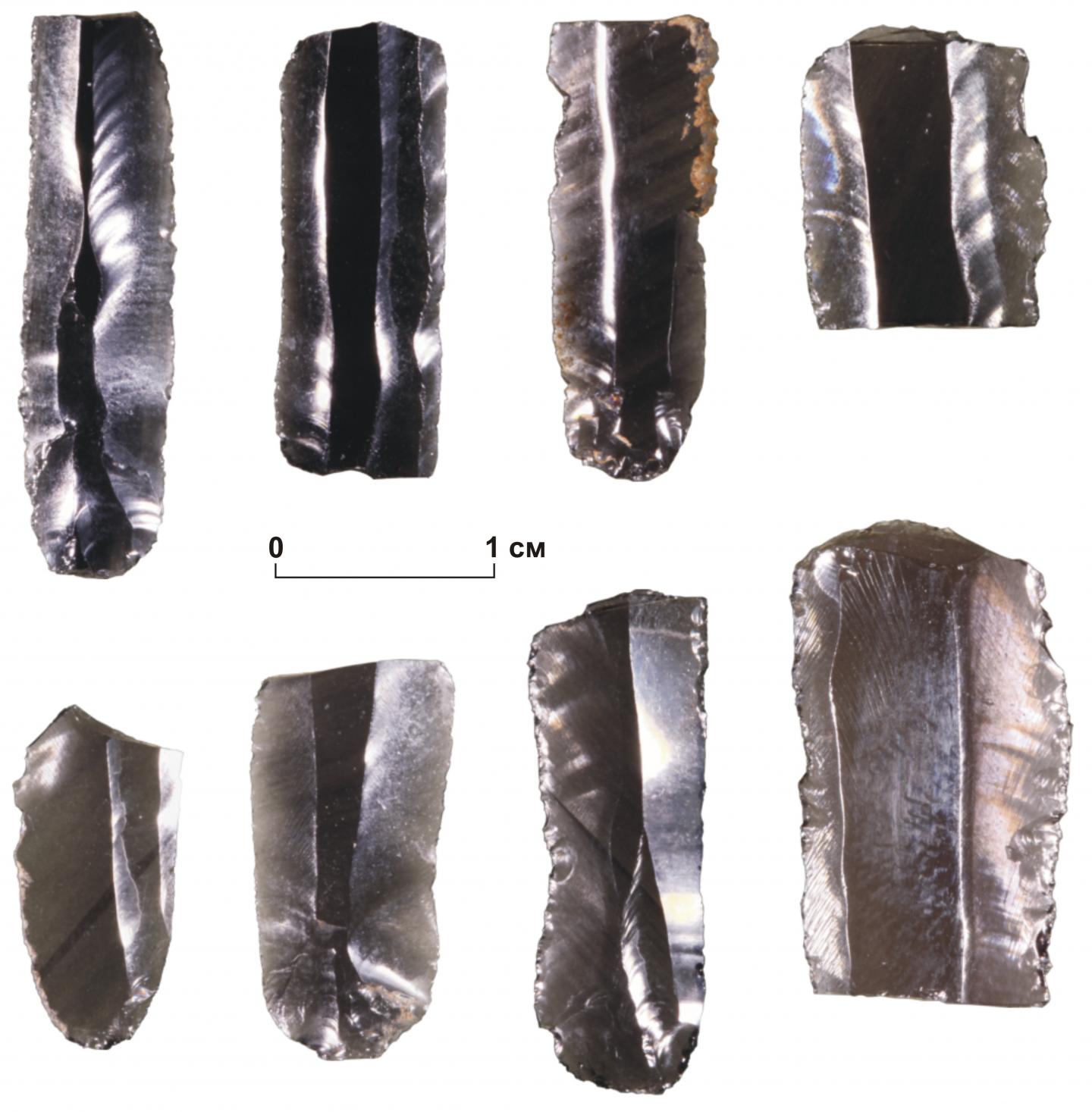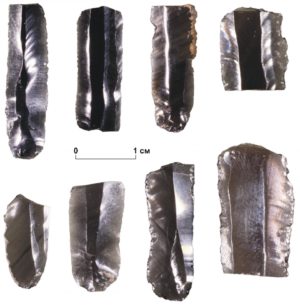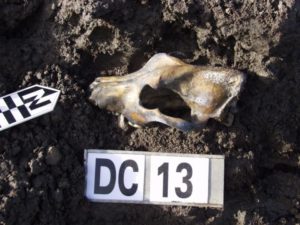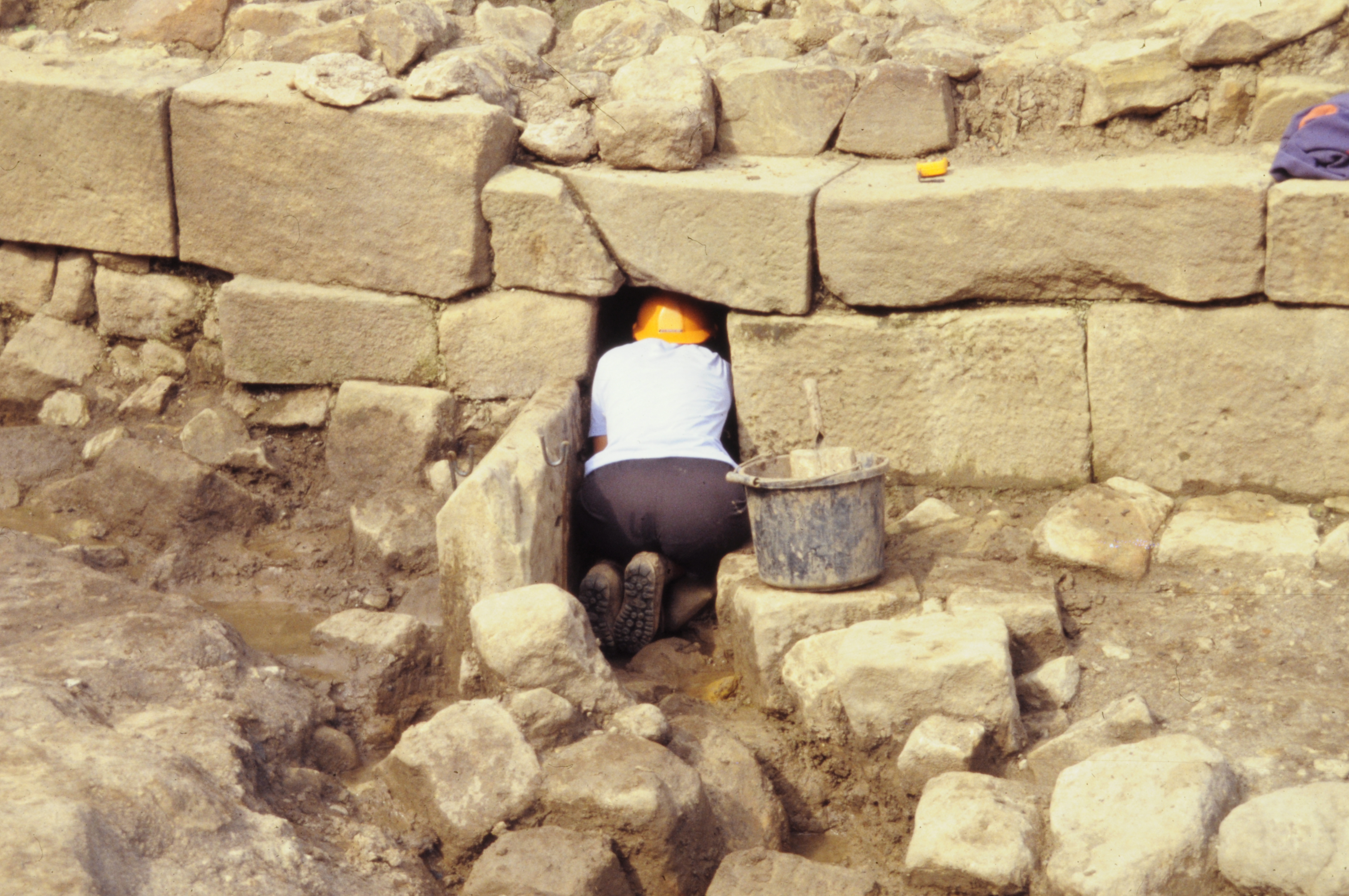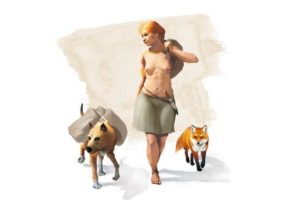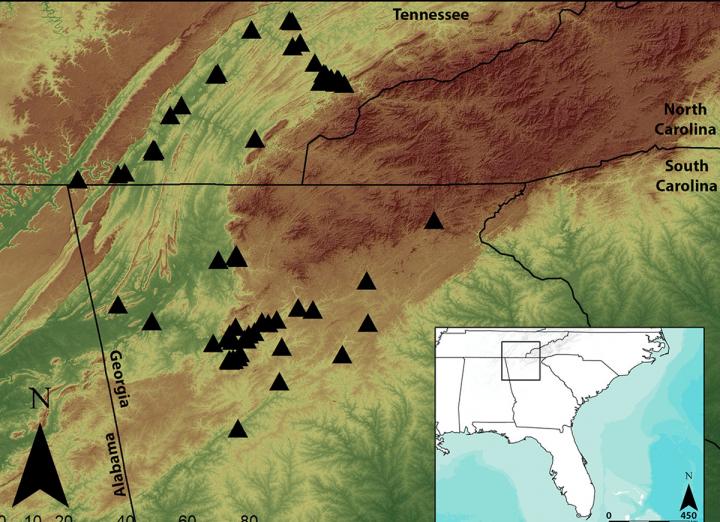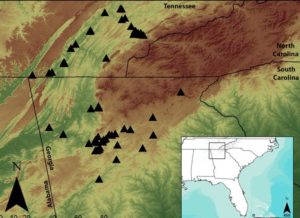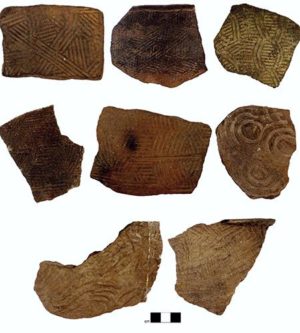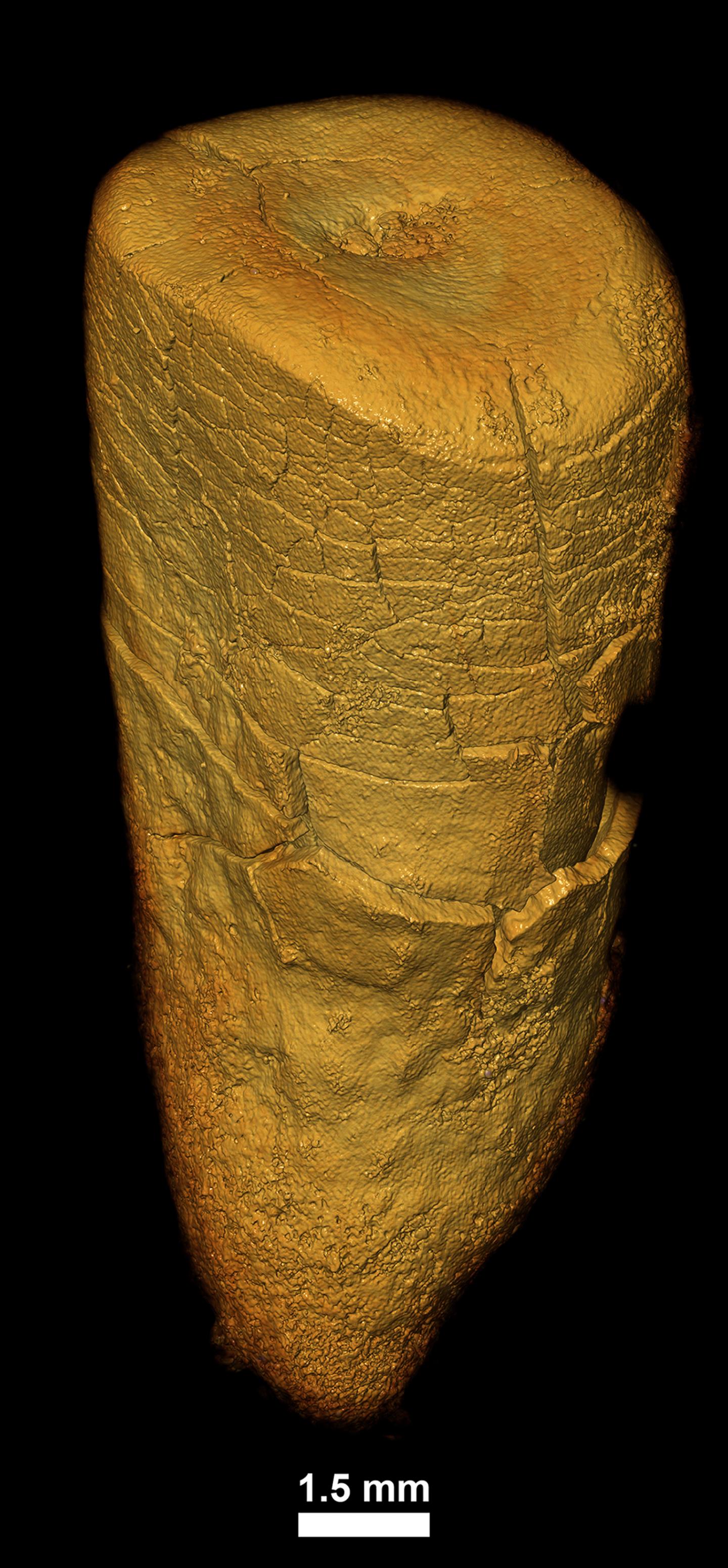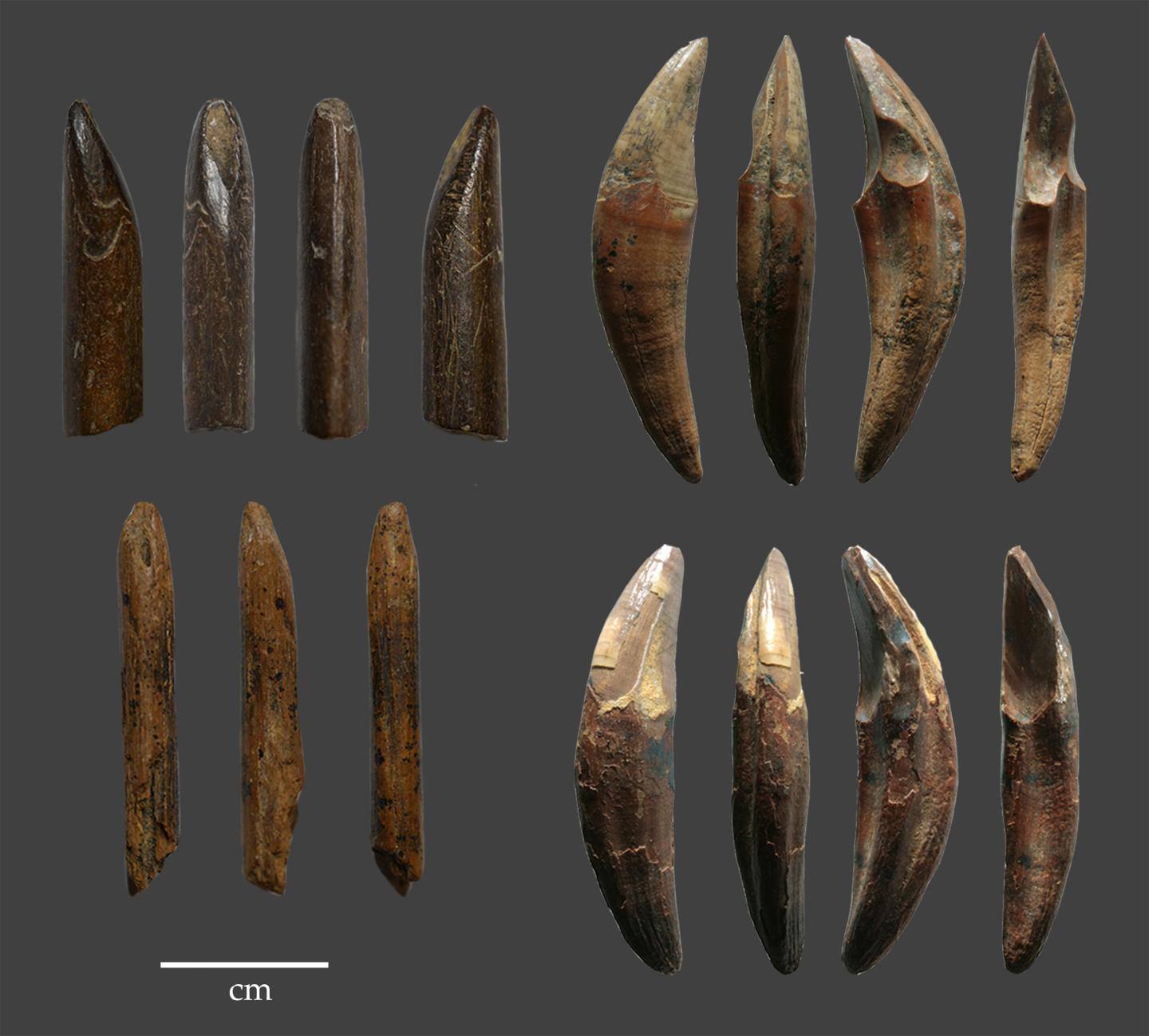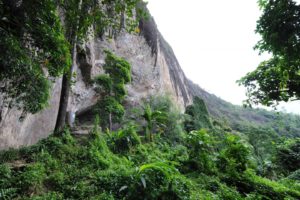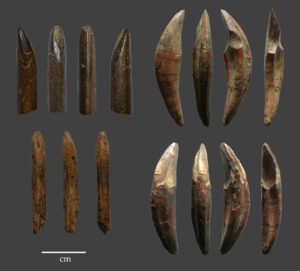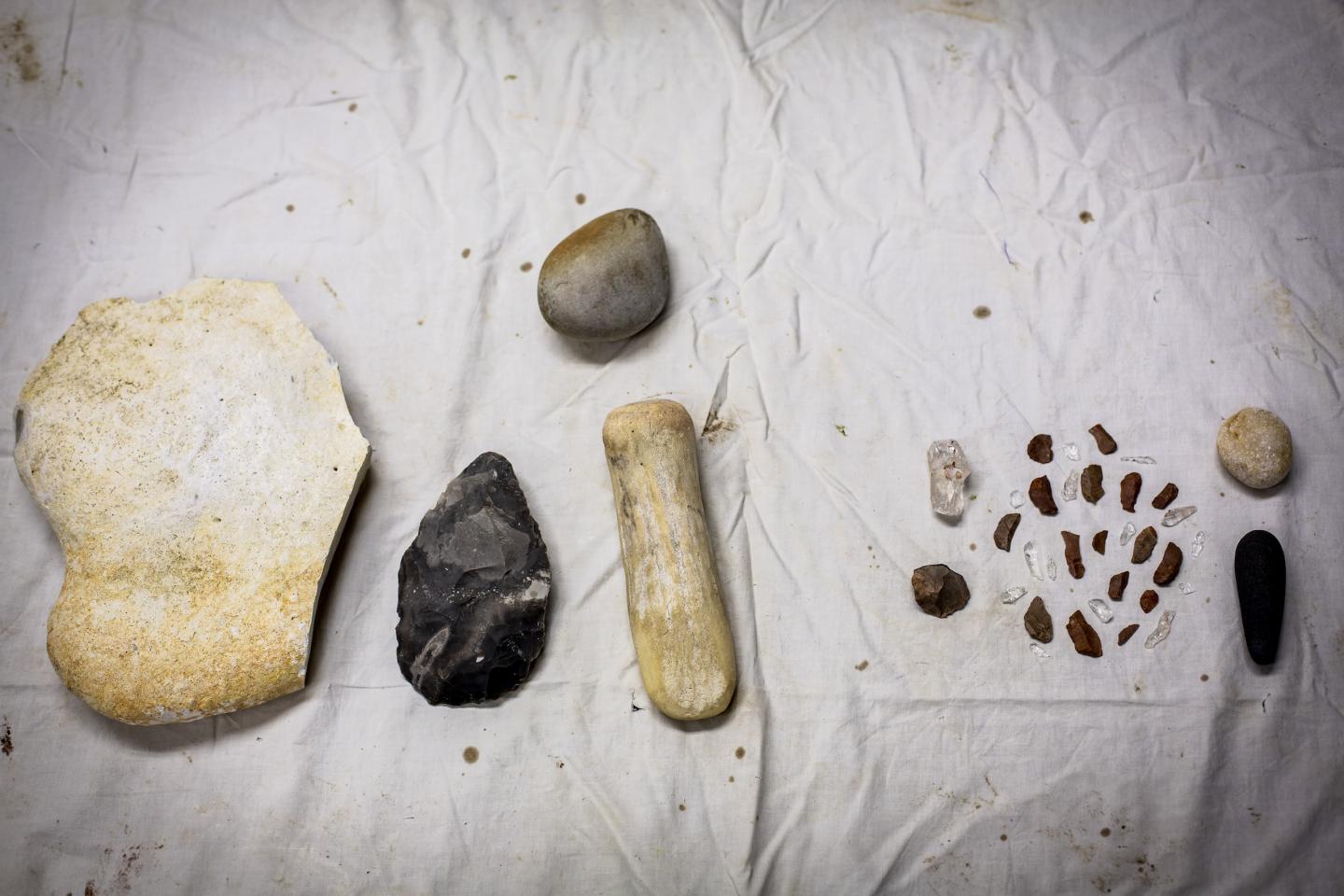
EMORY HEALTH SCIENCES—Anthropologists have long made the case that tool-making is one of the key behaviors that separated our human ancestors from other primates. A new paper, however, argues that it was not tool-making that set hominins apart—it was the miniaturization of tools.
Just as tiny transistors transformed telecommunications a few decades ago, and scientists are now challenged to make them even smaller, our Stone Age ancestors felt the urge to make tiny tools. “It’s a need that we’ve been perennially faced with and driven by,” says Justin Pargeter, an anthropologist at Emory University and lead author of the paper. “Miniaturization is the thing that we do.”
The journal Evolutionary Anthropology is publishing the paper —the first comprehensive overview of prehistoric tool miniaturization. It proposes that miniaturization is a central tendency in hominin technologies going back at least 2.6 million years.
“When other apes used stone tools, they chose to go big and stayed in the forests where they evolved,” says co-author John Shea, professor of anthropology at Stony Brook University. “Hominins chose to go small, went everywhere, and transformed otherwise hostile habitats to suit our changing needs.”
The paper reviews how stone flakes less than an inch in length—used for piercing, cutting and scraping—pop up in the archeological record at sites on every continent, going back to some of the earliest known stone tool assemblages. These small stone flakes, Pargeter says, were like the disposable razor blades or paperclips of today—pervasive, easy to make and easily replaced.
He identifies three inflection points for miniaturization in hominin evolution. The first spike occurred around two million years ago, driven by our ancestors’ increasing dependence on stone flakes in place of nails and teeth for cutting, slicing and piercing tasks. A second spike occurred sometime after 100,000 years ago with the development of high-speed weaponry, such as the bow and arrow, which required light-weight stone inserts. A third spike in miniaturization occurred about 17,000 years ago. The last Ice Age was ending, forcing some humans to adapt to rapid climate change, rising sea levels and increased population densities. These changes increased the need to conserve resources, including the rocks and minerals needed to make tools.
A native of South Africa, Pargeter co-directs field work in that country along its rugged and remote Indian Ocean coastline and nearby inland mountains. He is also a post-doctoral fellow in Emory University’s Center for Mind, Brain and Culture and the Department of Anthropology’s Paleolithic Technology Laboratory. The lab members actually make stone tools to better understand how our ancestors learned these skills, and how that process shaped our evolution. The lab’s director, Dietrich Stout, focuses on hand axes, dating back more than 500,000 years. These larger tools are considered a turning point in human biological and cognitive evolution, due to the complexity involved in making them.
Pargeter’s work on tiny tools adds another facet to the investigation of human evolution. “He’s exploring what may have led to the compulsion to produce these tiny instruments—essentially the relationship between the tools and the human body, brain and the probable uses of the tools,” Stout says.
When looking for a PhD thesis topic, Pargeter first focused on collections of larger implements, considered typical of the Stone Age tool kit. He pored over artifacts from a South African site called Boomplaas that were being held in storage at the Iziko Museum in Cape Town. As he rummaged through a bag labelled as waste—containing small flakes thought to be left over from making larger tools—something caught his eye. A sliver of crystal quartz looked like it had been shaped using a highly technical method called pressure flaking.
“It was diminutive, about the size of a small raisin, and weighed less than half a penny,” he recalls. “You could literally blow it off your finger.”
Pargeter examined the flake under a magnifying glass. He noticed it had a distinctive, stair-step fracture on its tip that previous experimental research showed to be associated with damage caused in hunting.
“It suddenly occurred to me that archeologists may have missed a major component of our stone tool record,” Pargeter says. “In our desire to make ‘big’ discoveries we may have overlooked tiny, but important, details. A whole technology could lay hidden behind our methods, relegated to bags considered waste material.”
So how to interpret the use of a tool so tiny that you could easily blow it off your finger?
Pargeter began thinking of this question in terms of the age of the flake—about 17,000 years ago—and the environment at the time. The last Ice Age was ending and massive melting of ice at the poles caused the global sea-level to rise. In parts of South Africa, the rising oceans swallowed an area the size of Ireland. As the coastal marshes and grasslands disappeared—along with much of the game and aquatic life—the hunter-gatherers living there fled inland to sites like Boomplaas, currently located about 80 kilometers inland. The mountains around Boomplaas provided permanent springs and other dependable freshwater sources.
The climate, however, was less predictable, with sudden shifts in temperature and rainfall. Vegetation was shifting dramatically, temperatures were rising and large mammals were increasingly scarce. Archaeology from Boomplaas shows that people ate small game like hares and tortoises. These small animals would have been easy to catch, but they provided limited nutritional packages.
“These are low-reward food sources, indicating a foraging stress signal,” Pargeter says. “Boomplaas might have even served as a type of refugee camp, with groups of hunter-gatherers moving away from the coast, trying to survive in marginal environments as resources rapidly depleted and climate change ratcheted up.”
Arrow points a little less than an inch across were already in the archaeological literature, but the Boomplaas crystal quartz flake was half that size. In order to bring down an animal, Pargeter hypothesized, the Boomplaas flake would need poison on its tip—derived either from plants or insects—and a high-speed delivery system, such as a bow and arrow.
Pargeter used his own extensive knowledge of prehistoric tool-making and archaeology to hypothesize that the tiny flake could have been hafted, using a plant-based resin, onto a link shaft, also likely made of a plant-based material, such as a reed. That link shaft, about the length of a finger, would in turn fit onto a light arrow shaft.
“The link shaft goes into the animal, sacrificing the small blade, but the arrow shaft pops out so you can retain this more costly component,” he says. “Our ancestors were masters of aerodynamics and acted like engineers, rather than what we think of as ‘cave people.’ They built redundancy into their technological systems, allowing them to easily repair their tools and to reduce the impact of errors.”
Our ancestors were also connoisseurs of the type of fine-grained rocks needed for tool-making.
Supplies of such vital toolmaking raw materials, however, were likely diminished as the rising oceans consumed land and people became more crowded together, driving them to more carefully conserve what they could find on the landscape.
As paleoanthropologists are faced with more than three million years of hominin “stuff,” one of the perennial questions they keep seeking to answer is, what makes us humans unique? “We’ve typically said that tool use makes us human, but that’s kind of buckled under,” Pargeter says, as evidence of tool use by other animals accumulates.
Macaques, for example, use rocks to smash apart oysters. Chimpanzees use rocks as hammers and anvils to crack nuts and they modify sticks to dig and fish for termites. These tools, however, are large. “The hands of other primates are not evolved for repeated fine manipulation in high-force tasks,” Pargeter says. “We’ve evolved a unique precision grip that ratchets up our ability for miniaturized technology.”
Humans are also the masters of dispersing into novel environments, unlike other primates that remained in the landscapes of their ancestors. “Smaller tools are the choice of technology for a mobile, dispersing population,” Pargeter says. “When Homo sapiens left Africa they weren’t carrying bulky hand axes, but bows and arrows and smaller stone implements.”
____________________________
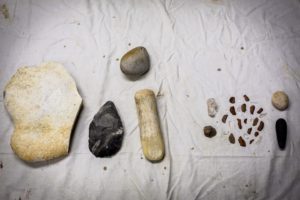
The iconic, tear-drop shaped hand axe, which filled a human palm, required a large toolkit to produce (left), in contrast to a toolkit for tiny flakes. Emory University
____________________________
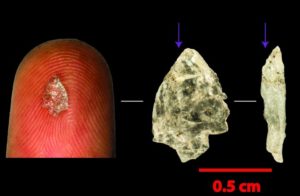
The tiny crystal flake, from a site in South Africa called Boomplaas, that sparked Justin Pargeter to investigate Stone Age miniaturization. Justin Pargeter
____________________________
Article Source: Emory Health Sciences news release
____________________________
See, first-hand, the original fossils. See original artifacts. See the actual sites. Talk with the famous scientists. Join us on this unique specialized study tour.
____________________________
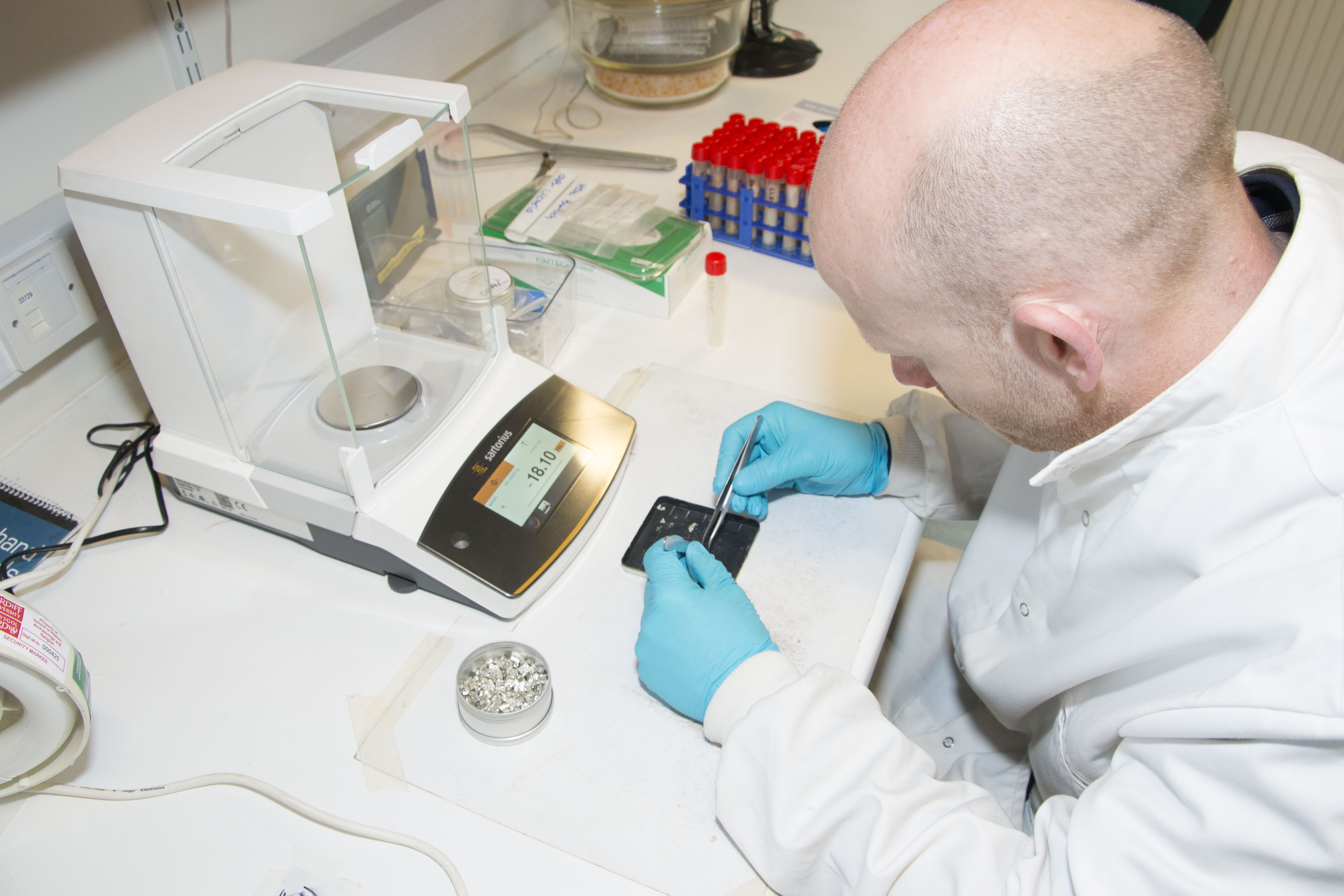
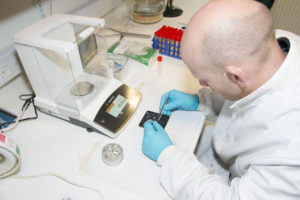






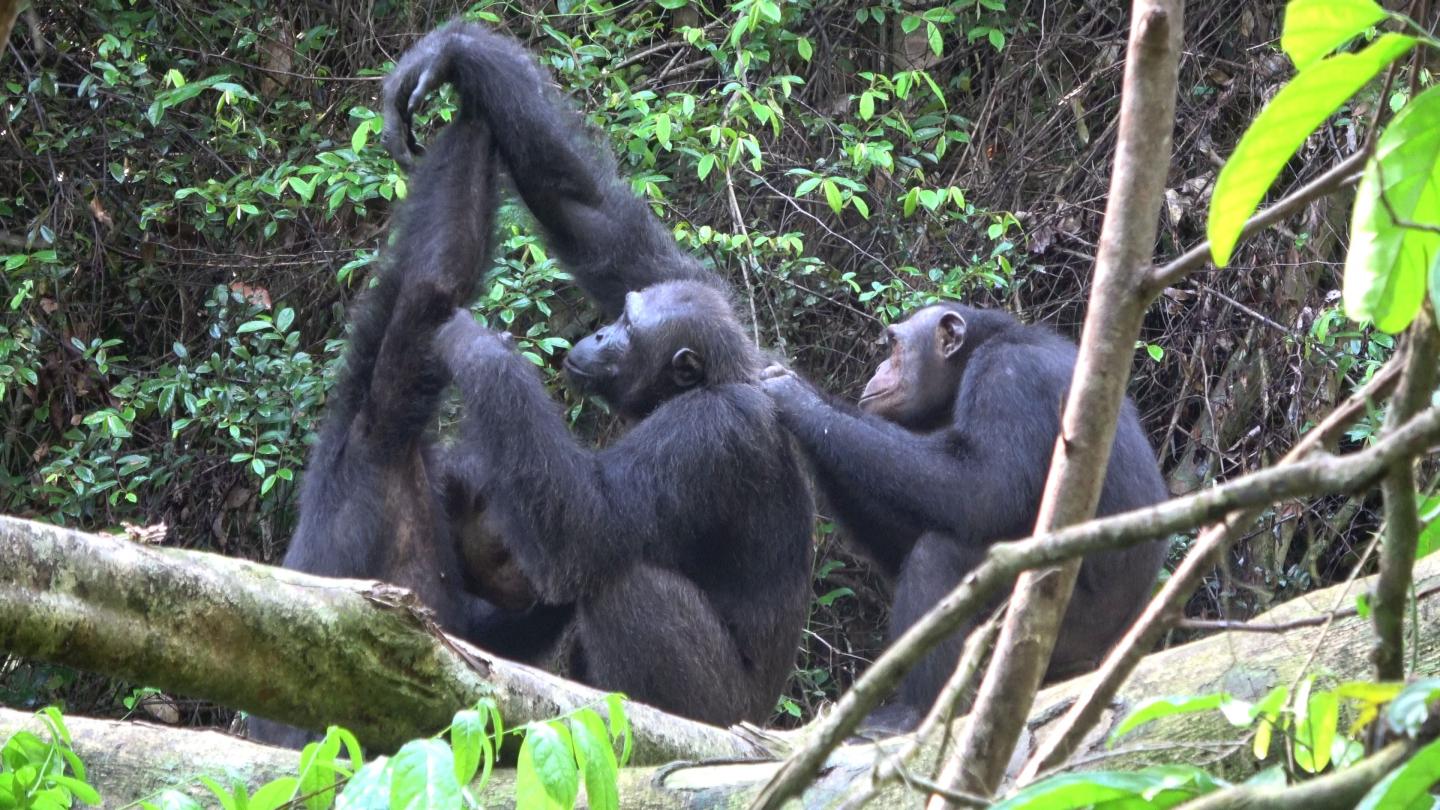
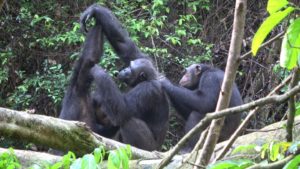
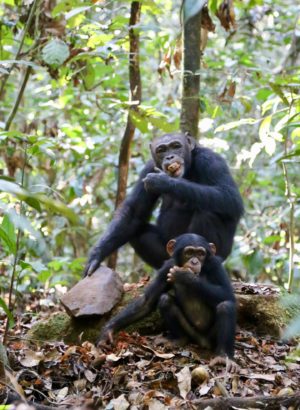
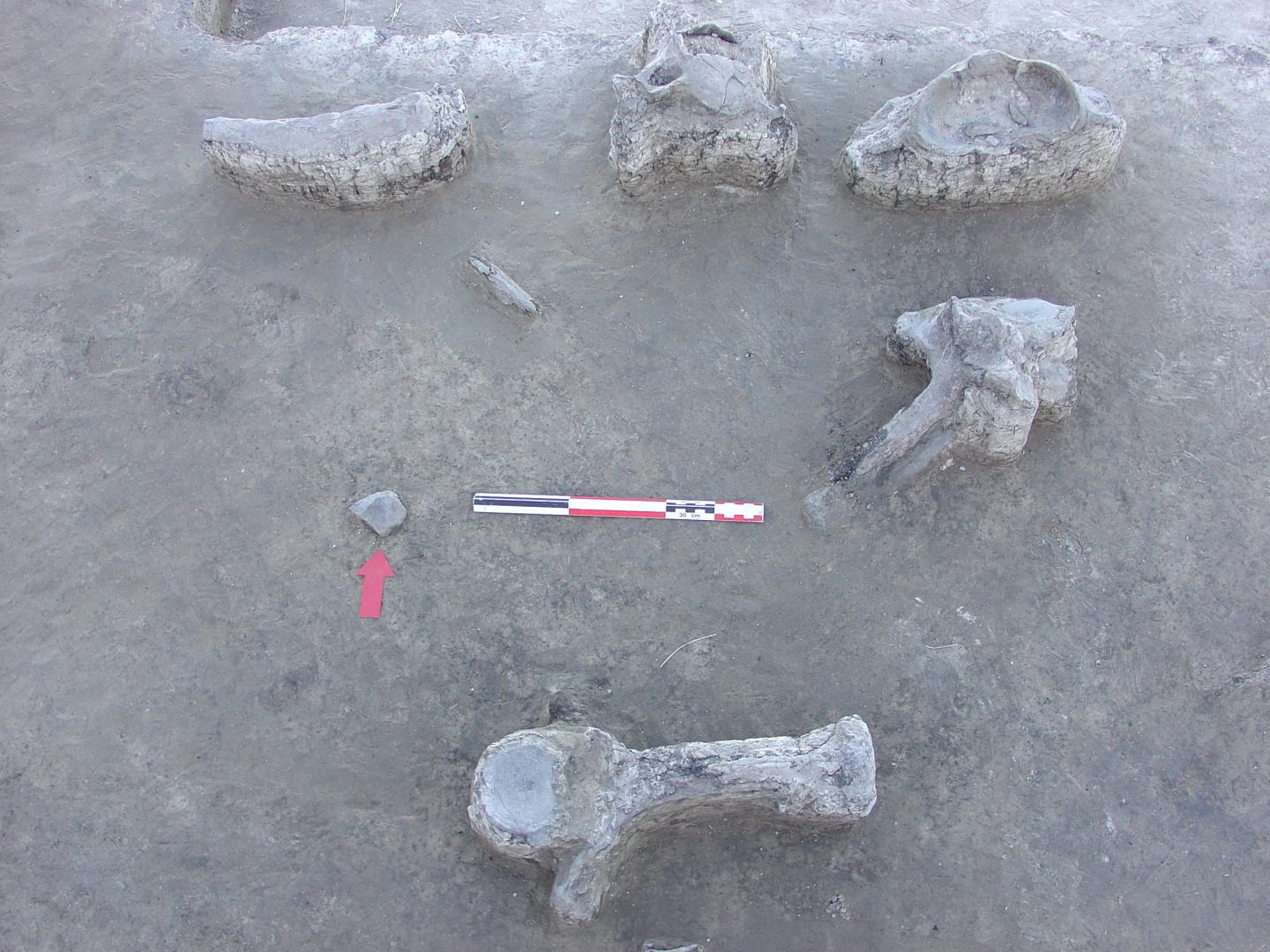
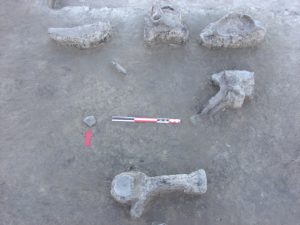
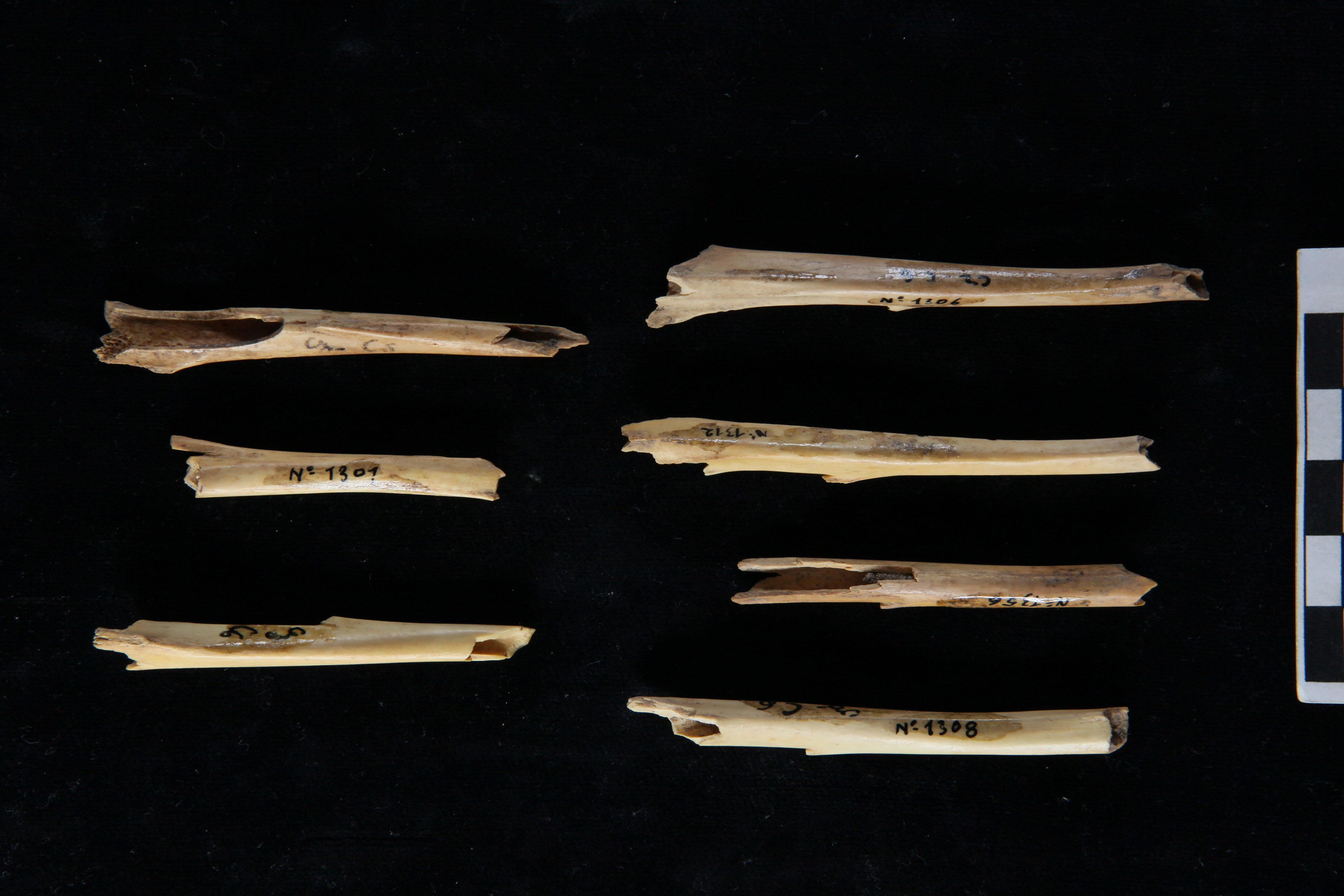
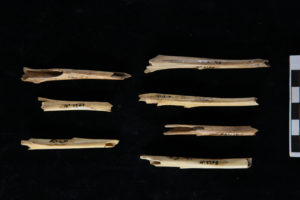
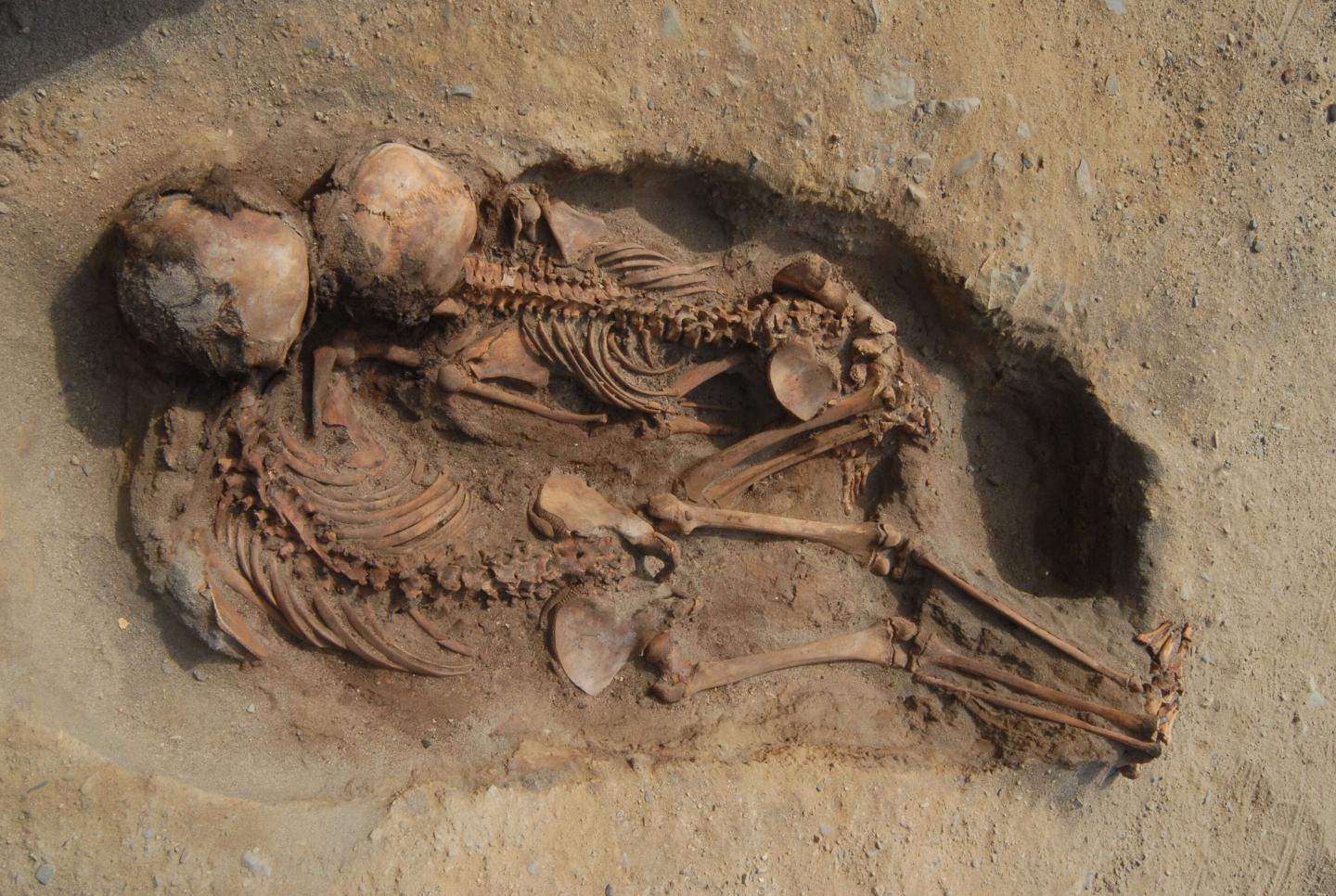
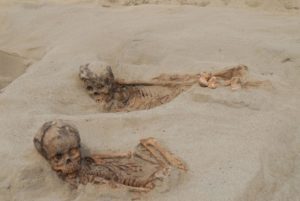
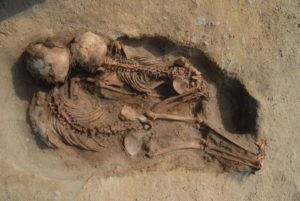

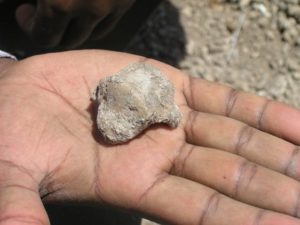
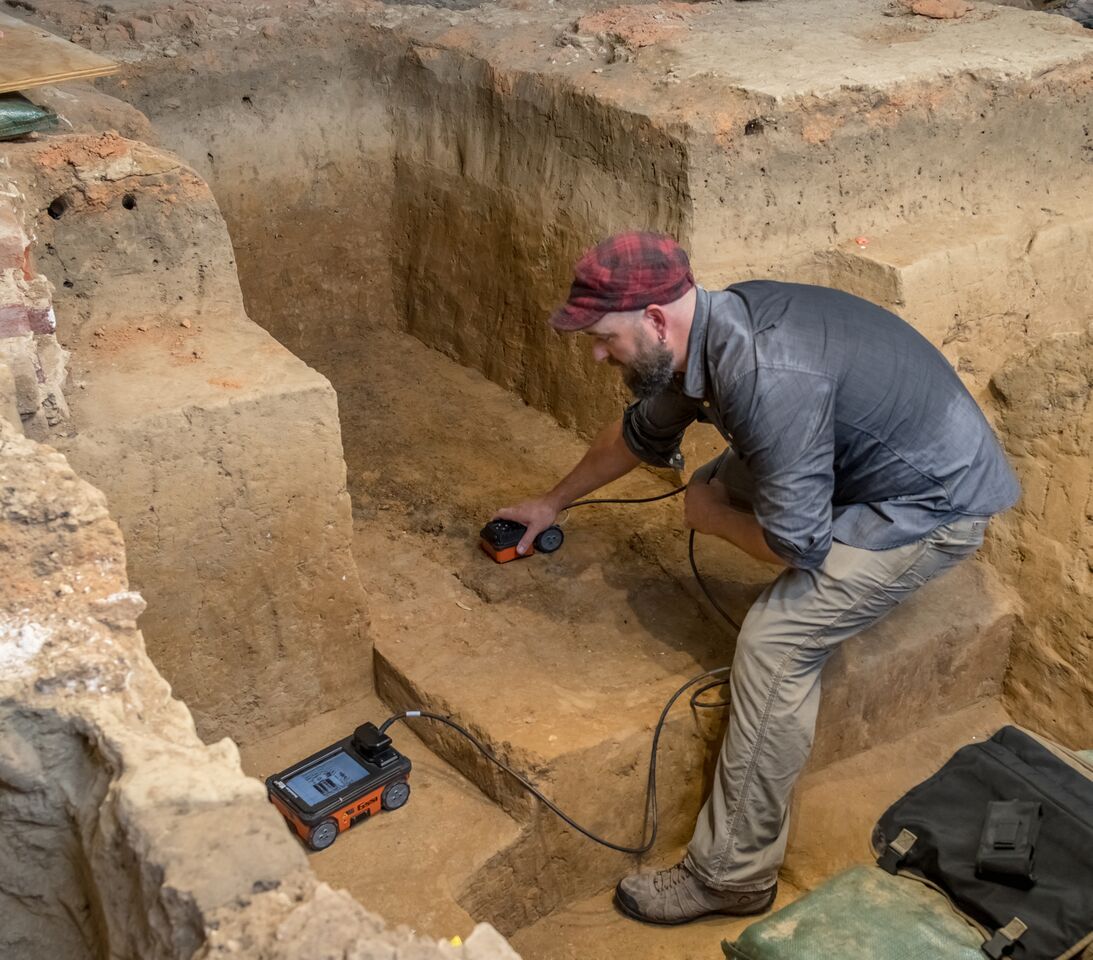
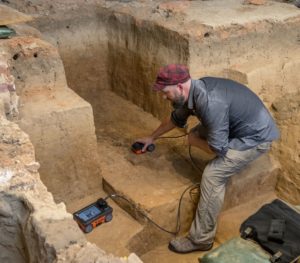


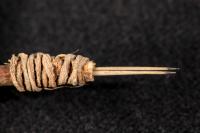 The tool consists of a 3 ½ inch wooden skunkbush sumac handle bound at the end with split yucca leaves and holding two parallel cactus spines, stained black at their tips.
The tool consists of a 3 ½ inch wooden skunkbush sumac handle bound at the end with split yucca leaves and holding two parallel cactus spines, stained black at their tips.